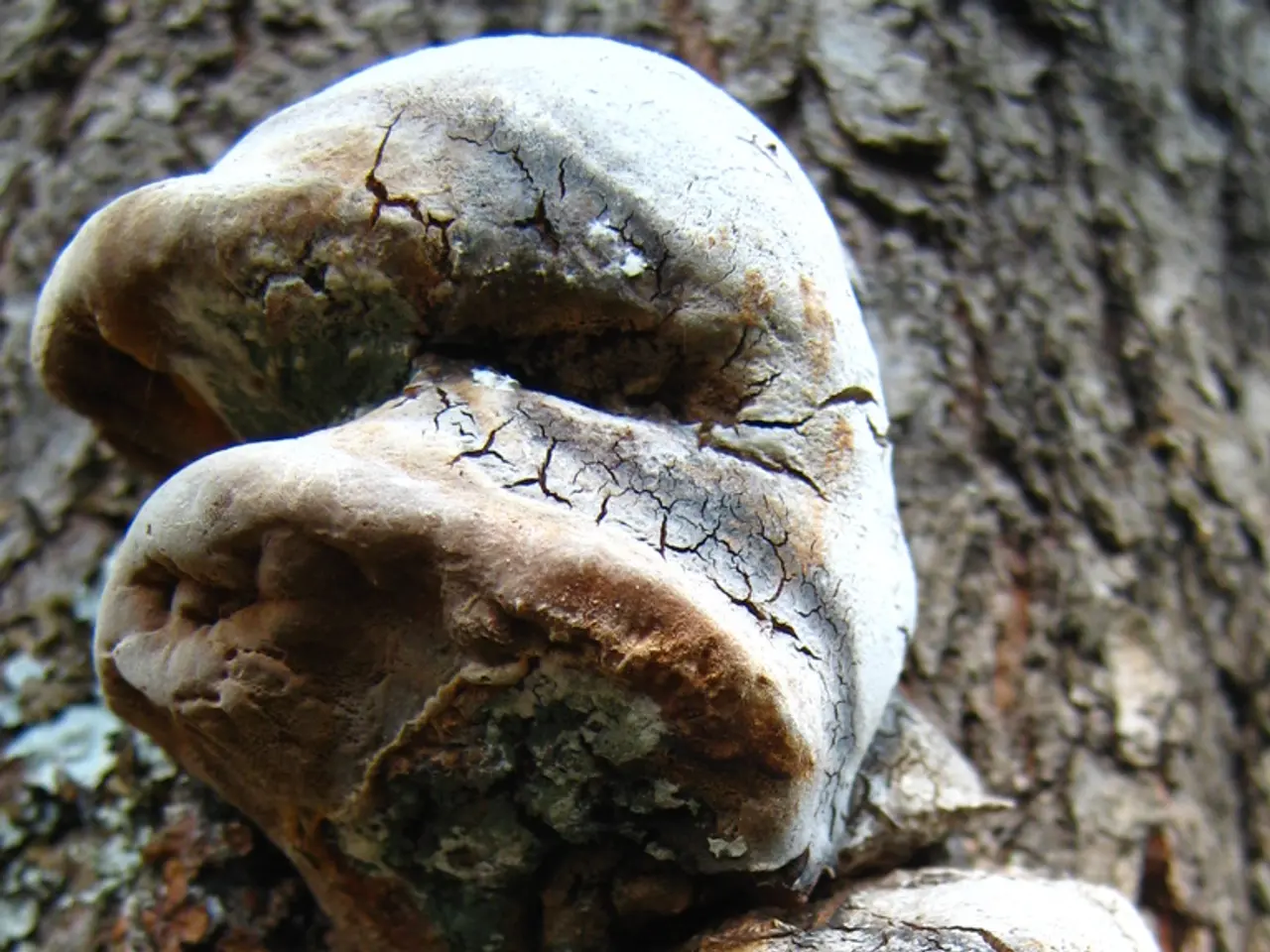Intestinal Microbiota's Potential Role in Resisting Insulin Resistance Associated with Type 2 Diabetes
A groundbreaking study conducted by researchers at the RIKEN Center for Integrative Medical Sciences in Japan has shed light on a potential ally in the fight against type 2 diabetes (T2D) and obesity: the gut bacteria Alistipes indistinctus.
The study, published in an unspecified journal, provides detailed evidence supporting the causal relationship between this bacterium and insulin resistance.
The Role of Gut Microbiota in Insulin Resistance
The gut microbiota plays a crucial role in host energy metabolism, immune function, and inflammation—all of which can influence insulin sensitivity. Dysbiosis, an imbalance of gut microbiota, has been linked to increased intestinal permeability and systemic inflammation, leading to metabolic endotoxemia. Systemic inflammation is a key driver of insulin resistance, a hallmark of T2D.
The Impact of Alistipes indistinctus
Alistipes is a genus of bacteria within the phylum Bacteroidetes, often found in the human gut microbiota. While the role of Alistipes indistinctus is less well-characterized compared to other gut bacteria, the new study identifies it as a potential biomarker of insulin resistance.
- Animal studies: Transplanting gut microbiota containing Alistipes species into germ-free or antibiotic-treated mice can modulate insulin sensitivity and glucose metabolism, suggesting a causal role.
- Human observational studies: Differences in Alistipes abundance have been noted in T2D patients versus healthy controls; some report decreased Alistipes linked with worse metabolic profiles.
- Mechanistic pathways: Alistipes may influence insulin resistance via modulation of gut barrier integrity, production of microbial metabolites that improve insulin signaling, and interaction with bile acid metabolism affecting glucose homeostasis.
Insights from the Study
The researchers analyzed stool samples from 306 healthy individuals and found a link between excessive carbohydrates in fecal matter and insulin resistance. People with excessive carbohydrates in their fecal matter were more likely to have insulin resistance, particularly those with high levels of Lachnospiraceae bacteria.
The presence of monosaccharides in individuals' stools is a surprise and may be due to an increase in Lachnospiraceae in the colon, leading to higher production of monosaccharides by gut microbes. The source of these carbohydrates is dietary fibers, which are normally broken up by gut bacteria.
Dr. Ashkan Farhadi, a researcher involved in the study, notes that our understanding of the role of gut bacteria in regulating metabolism is still shallow, but this study provides more detail into the evidence.
Implications for Type 2 Diabetes
Insulin resistance drives high blood glucose levels culminating in T2D. By influencing insulin sensitivity, gut bacteria like Alistipes indistinctus may affect T2D risk, progression, and management. Altered abundance or functionality of Alistipes may exacerbate or mitigate systemic inflammation and metabolic dysfunction, impacting T2D development.
Interventions targeting these bacteria (probiotics, prebiotics, dietary changes) hold potential for improving insulin resistance and glycemic control.
The Future of Gut Microbiota Research
The study's authors attribute the major strength of their investigation to the cataloging of 2,800 annotated fecal metabolites. Dr. Hiroshi Ohno, team leader at the RIKEN Center and one of the study authors, notes that there have been studies showing the association of gut microbes with obesity or insulin resistance in humans.
Ohno and his team are planning to investigate hydrophobic/lipidomic metabolites associated with insulin resistance/sensitivity in the future. The microbiome, primarily composed of bacteria, was first observed over a century ago, and the term "microbiome" was coined by Joshua Lederberg in 2009.
This study is a significant leap forward in understanding that gut germs have more hands in our body and its function, particularly in metabolism. Further validation of this research may lead to the creation of probiotics containing A. indistinctus.
- The gut bacteria Alistipes indistinctus, discovered in a groundbreaking study, is identified as a potential biomarker of insulin resistance.
- In animal studies, transplanting gut microbiota containing Alistipes species can modulate insulin sensitivity and glucose metabolism, suggesting a causal role.
- In human observational studies, differences in Alistipes abundance have been noted in Type 2 Diabetes (T2D) patients versus healthy controls, with decreased Alistipes linked to worse metabolic profiles.
- By influencing insulin sensitivity, gut bacteria like Alistipes indistinctus may affect T2D risk, progression, and management.
- Interventions targeting these bacteria, such as probiotics, prebiotics, or dietary changes, hold potential for improving insulin resistance and glycemic control.
- The study's authors attribute the major strength of their investigation to the cataloging of 2,800 annotated fecal metabolites, paving the way for future research on hydrophobic/lipidomic metabolites associated with insulin resistance/sensitivity.




